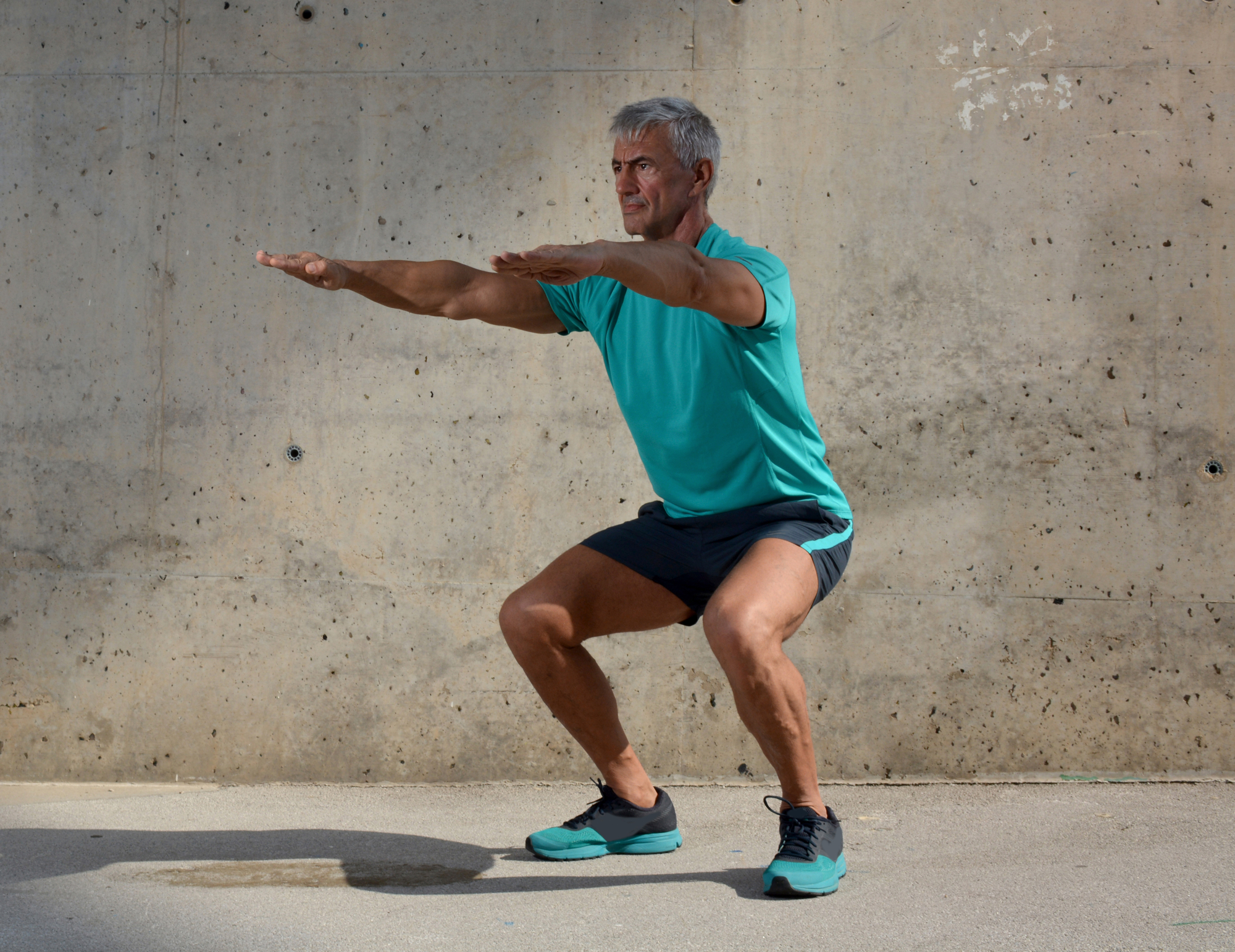Playing Sports After Knee Surgery

Many patients facing knee replacement surgery are curious about getting back into sport and the activities they can do during and after their recovery period. If you are thinking the same thing, the good news is your doctor will help you navigate your recovery and, in most cases, getting back on your feet and becoming active again is critical to the success of your surgery. However, it is important to be aware of the type of sports and activities that will be right for your recovery.
What Sports Should I Avoid After Knee Replacement Surgery?
While there is minimal research to suggest what sports and activities are safer than others following knee surgery, both partial and full, many doctors will advise against high-impact sports that could have a higher risk of fall or injury. These sports could include:
- Running
- Soccer
- Hockey
- High-impact Aerobics
- Gymnastics
Even though you may have been very active and participated in these sports prior to your surgery, it is important to consider what your new knee is capable of. Many doctors believe that artificial implants were not designed for high-impact sports and will advise against these activities to ensure the success and longevity of your knee replacement surgery.
What Sports Are Safe After Knee Replacement Surgery?
Although high-impact activities are not recommended, getting moving is essential for your recovery. Artificial implants have improved considerably over the years, and because they are designed to mimic the movement and functionality of a real knee, it is important to continue to use your knee in a natural and active way. Many doctors will recommend up to 30 minutes of exercise two to three times a day during your recovery period. This is good news if you are keen to get back to playing sports, and there are many options you can consider:
Walking
Walking is one of the best activities you can do after your knee replacement surgery. Walking will help you build up strength in your legs and knees, help you burn calories and is good for your heart. Start with smaller steps and shorter distances, and gradually increase both as you become stronger.
Swimming
As swimming is not a weight-bearing activity, it is a great way to exercise without putting pressure or strain on your new knee. You can start swimming as soon as the wound has healed, usually 3 weeks after surgery.
Cycling
Riding a bike outdoors or utilising a spin-bike indoors is an excellent way to strengthen your new knee and improve its movement. Start out on a flat surface or a lower tension for a stationery machine, and increase your distance slowly.
Yoga
Yoga or other low-impact aerobic exercise (ie. calisthenics) will help to avoid stiffness, increase flexibility and build strength in your knee. During these types of activities, however, avoid any twisting movements and ensure you keep your knees aligned with your hips and ankle.
Low-Resistance Weightlifting
Low-resistance weight training will help build strength and can reduce knee pain in some patients. Strengthening and building muscle is an important component of any exercise regime and can help with stability – a very important part of your recovery.
Golf
While this might be good news for all those who are keen to get back on the green, golf is one of those sports that you must be careful of. While it is a good opportunity for you to walk and exercise various muscles in your upper and lower body, you must be careful of the twisting movements during your swing. Avoid wearing spiked shoes that could get caught in the ground and maintain good balance when hitting the ball. Also, make sure you spend adequate time warming up on the driving range.
Rowing
Rowing provides a good upper body workout and places minimal strain on the knees. When utilising a rowing machine, ensure the seat is adjusted so your knees are bent at a 90 degree angle or more.
Getting Back into Sport
With many low-impact sporting activities to choose from, getting back into sports after knee replacement surgery is not only important, but can be a fun and social experience for you. Exercising and sports can help with your knee pain, keep your weight down, help your heart and even increase your quality of life. But it is important to start out slow.
No matter the sport you choose, you will need to gradually work up to a comprehensive exercise routine. And remember, always discuss your exercise goals with your doctor and check with them before commencing any activity. If knee pain or discomfort is experienced during any sporting activity, stop immediately and seek advice.
21 Feb 2020
Published by Stuart MacKenzie
